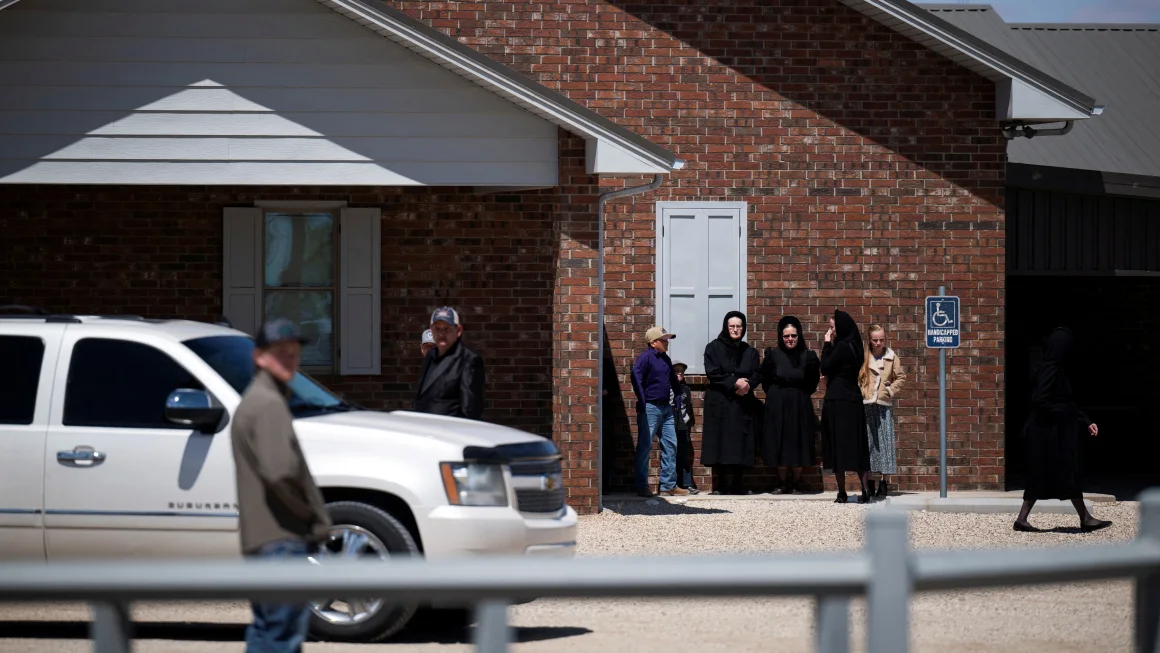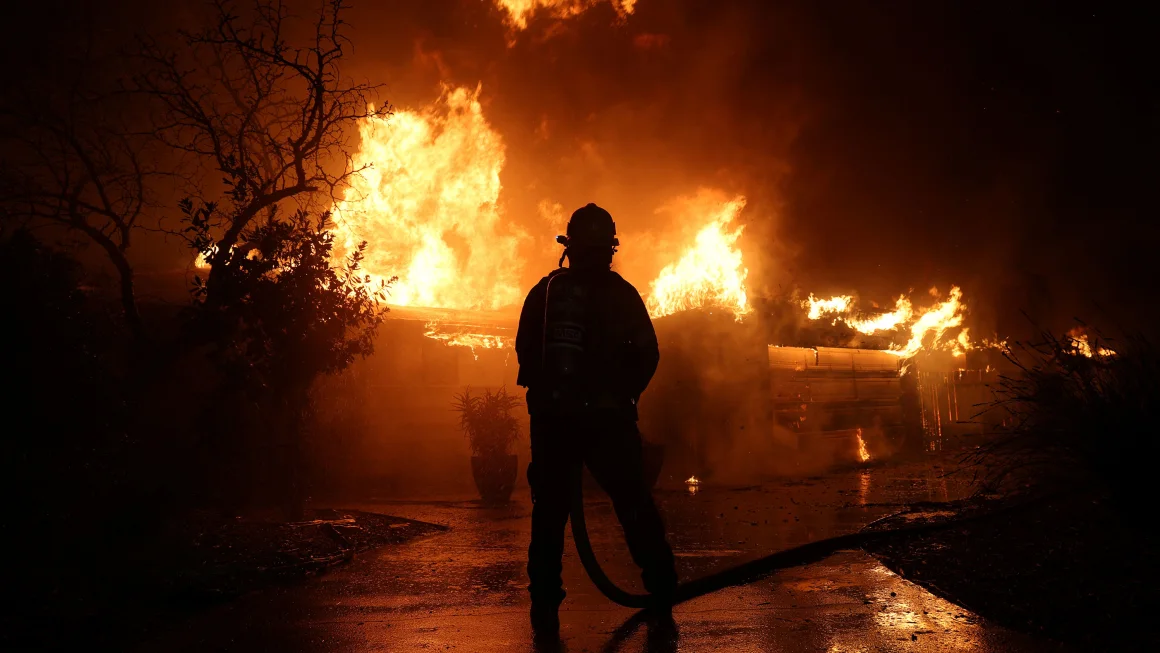
The U.S. Centers for Disease Control and Prevention (CDC) has returned to Texas for the second time this year as a multistate measles outbreak, primarily affecting the western part of the state, continues to grow into one of the largest the country has experienced in decades. A small CDC team is collaborating with local and state authorities to assess the situation, and more personnel will be dispatched following a formal request from Texas Governor Greg Abbott and approval from U.S. Department of Health and Human Services (HHS) Secretary Robert F. Kennedy Jr.
However, experts argue that ongoing public health challenges are making it more difficult to effectively respond to this outbreak.
Impact of Funding Cuts
The outbreak comes at a time when public health agencies are grappling with significant budget cuts. Last week, HHS announced a large-scale reduction in workforce, including approximately 2,400 layoffs at the CDC. Additionally, the CDC withdrew over $11 billion in grants previously allocated to state and local health departments during the COVID-19 pandemic. These funds had been crucial for responding to various health crises, including the ongoing measles outbreak.
As a result of these funding reductions, New Mexico, which has reported 56 measles cases, had to cut 20 temporary workers who were assisting with vaccine distribution and vaccination record checks. State health officials expressed frustration, saying they were blindsided by the sudden termination of these grants, which led to confusion and disruptions in their operations.
“These cuts resulted in the cancellation of contracts with community providers who were supporting vaccination outreach and education in underserved areas,” explained Robert Nott, the communications director for the New Mexico Department of Health.
In Dallas, over 50 immunization clinics were canceled due to similar funding issues. Dr. Philip Huang, director of the Dallas County Health and Human Services Department, noted that while Dallas County had not yet seen any measles cases this year, there are concerns that the outbreak could spread. Furthermore, the county’s lab testing capacity may be affected as local officials continue to monitor the situation.
With health departments scrambling to increase vaccination rates, they are also facing vaccine hesitancy among the affected populations. Efforts to understand and address this reluctance have been hindered by the cancellation of numerous research grants. For example, Dr. Sophia Newcomer, an epidemiologist at the University of Montana, had a study aimed at improving vaccination practices terminated in the wake of federal funding cuts.
“The canceled studies were focused on enhancing preventive care and health outcomes for children and families,” Newcomer said. “Given the current outbreak, it is clear that we need high-quality vaccination services now more than ever.”
Vaccine Hesitancy and Trust Issues
Alongside funding challenges, public health officials are also facing growing vaccine hesitancy, which has become a significant hurdle in controlling the spread of measles. This hesitancy is compounded by a steady decline in trust in public health institutions, a trend that began during the COVID-19 pandemic and persists today.
“Building trust takes time, and it’s crucial for public health efforts. It’s not just about the data, but about the relationships that are fostered through trust,” said Dr. Susan Kansagra, chief medical officer for the Association of State and Territorial Health Officials. A recent survey by KFF found that only 54% of U.S. adults trust local health officials to make the right recommendations, a significant decline from 64% in mid-2023.
In Kansas, the state has reported 24 measles cases, some of which may be linked to the Texas outbreak. However, local health officials have encountered resistance from patients unwilling to undergo measles testing, limiting the ability to fully understand the scope of the outbreak.
“We’ve had individuals who are reluctant to be tested for measles, but we continue to engage with them to provide education and prevent the disease from spreading,” said Kerri Ulrich, health department administrator in Kiowa County, Kansas.
The Importance of Comprehensive Surveillance
Experts emphasize that comprehensive epidemiological data is critical in managing measles outbreaks, especially given the highly contagious nature of the virus. Dr. Nina Masters, a senior researcher at Truveta and former CDC epidemiologist, noted that without thorough investigation, it is difficult to pinpoint transmission sites or identify where unknown cases may have spread.
Measles can remain airborne for up to two hours after an infected person leaves a room, making it even more challenging to trace all potential exposure points. Dr. Adam Ratner, a pediatric infectious disease specialist, expressed concern that the actual number of cases may be much higher than reported.
“I suspect the confirmed cases represent just a fraction of the true number of infections,” Ratner said. “With two pediatric deaths already, there’s a strong possibility that there are many more cases we’re not seeing.”
As of the latest reports, at least 659 measles cases have been recorded in the U.S. this year, with two children confirmed to have died from the virus. Given the severity of the disease, which can lead to complications like pneumonia and brain inflammation, experts fear the true impact of the outbreak may be far more widespread than the current numbers indicate.
“We are likely looking at many more cases than we know about right now,” Ratner added. “The fact that we’ve already had two deaths from measles is a worrying sign that this outbreak is likely much larger than reported.”










